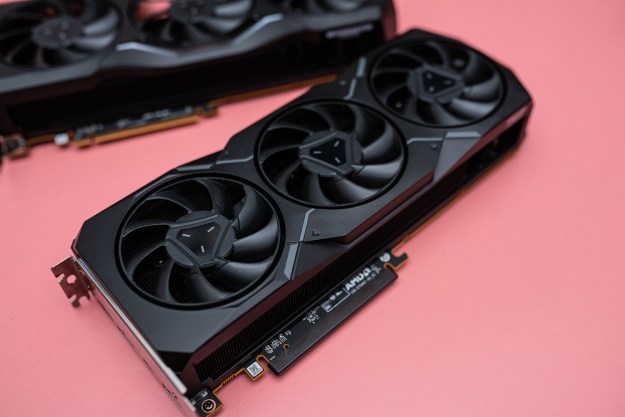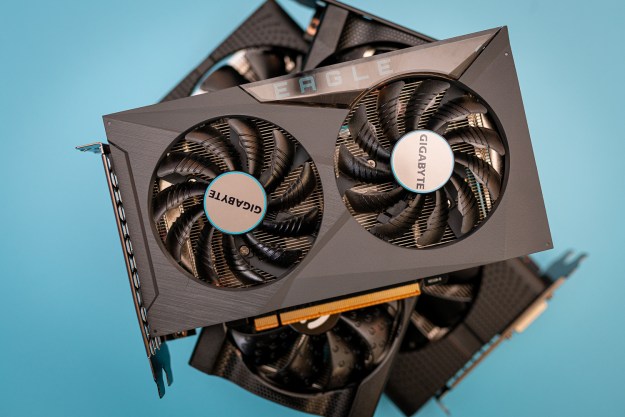That’s not to say that the chips won’t be powerful; they will be. Indeed, the die shrink that both Nvidia and AMD are taking advantage of with their next-gen graphics processing units (GPUs) should allow them to pack more transistors onto the chip, making them more powerful and more efficient.
But absolute power is not what this generation of hardware is about, according to AMD. It’s about providing the best VR-capable hardware it can to consumers, at an affordable price tag.
Related: More rumors point to June release of Nvidia’s much-anticipated GTX 10-series graphics
Out of the two graphics lines it will produce this year, Polaris 11, will be aimed at the “notebook market,” while Polaris 10 will offer mainstream “desktop and high-end gaming notebook support.”
“The reason Polaris is a big deal is because I believe we will be able to grow that TAM (total addressable market) significantly,” said AMD’s Roy Taylor in a chat with Ars. “I don’t think Nvidia is going to do anything to increase the TAM, because according to everything we’ve seen around Pascal, it’s a high-end part.”
Although we have yet to see much of Nvidia’s cards so far, that’s the impression we’ve had, too. The first card that Nvidia did show off using its latest hardware was the Tesla P100, an absolute monster of an enterprise card with seven terabytes of memory. Gamer hardware won’t be anything like that, but it does show the image Nvidia wants to portray for its new generation.
Indeed, graphics cards historically have been judged by the most powerful card that a company can put forward, whether the much more profitable and popular midrange is good value for the money or not.
But it’s that value segment of the market, the most profitable segment, is what AMD looks to be targeting with Polaris.
And that’s not a bad plan really, especially with the big VR push going alongside it. It might be a bit of a gamble on whether the new entertainment medium takes off, but getting powerful graphics cards down to respectable price levels is a big part of that. Currently, the recommended specifications for VR suggest a R9 290 or GTX 970, both of which will cost you upwards of $300.
If AMD could offer that sort of power in a card that was much cheaper, with better drivers and energy efficiency, that’s something worth taking note of. Indeed, AMD believes it will also have a lot of support from gamemakers for taking this step.
Related: Leaker braves Nvidia’s ire with images of GTX 10 series cooling shrouds
“If you look at the total install base of a Radeon 290, or a GTX 970, or above, it’s 7.5 million units,” continued Taylor. “But the issue is that if a publisher wants to sell a $50 game, that’s not a big enough market to justify that yet. We’ve got to prime the pumps, which means somebody has got to start writing cheques to big games publishers. Or we’ve got to increase the install TAM.”
In some senses, Taylor’s statements are a little surprising. We heard previously from AMD’s graphics lead, Raja Koduri, that AMD did have something special in the works for fans wanting maximum power. Perhaps the changing of the company’s tune was part of the reason it delayed the monstrously powerful, last-generation Radeon Pro Duo, which only debuted recently?
AMD fans will likely be saddened to learn that AMD isn’t aiming for the performance crown, but when only a couple of people can realistically afford those sorts of cards, does it really matter?
Editors' Recommendations
- AMD needs to fix this one problem with its next-gen GPUs
- AMD’s new CPUs let you play Cyberpunk without a graphics card
- AMD might have a new graphics card next month, too
- What AMD needs to do to beat Nvidia in 2024
- 5 ways Nvidia graphics cards still beat AMD





